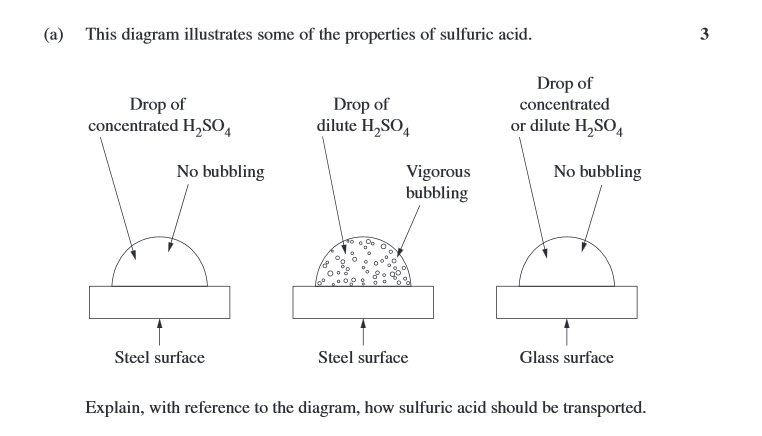Ekman
Well-Known Member
- Joined
- Oct 23, 2014
- Messages
- 1,614
- Gender
- Male
- HSC
- 2015
re: HSC Chemistry Marathon Archive
Another one for the disadvantages is that ethanol can wear down engines faster due to the higher compression ratios when using ethanol in comparison to octane.
You could also mention for the advantages that the smaller carbon chain and the presence of the oxygen atom allows it to undergo complete combustion easier, hence it has greater fuel efficiency and does not produce harmful products as easily as octane.I have a feeling a similar question will be in the exam this year.. did it to refresh my memory haha
Ethanol is a versatile solvent that has many adv and disd.
Advantages-
- Ethanol as a renewable fuel: ethanol is produced from renewable sources (fermentation of biomass), whereas other fuels are produced from petroleum (C61206 -> 2C02 + 2H20 (on top of arrow 37C, yeast, airlock))
- Net Co2 stays constant: the amount of Co2 produced in heat of combustion (C2H5OH + 302 -> 2CO2 + 3H20 ) the same amount is required to grow crops for ethanol ( photosynthesis for ethanol crop growth: 6CO2 + 6H20 -> C61206 + 602)
-10-15% of ethanol safely added to petrol w/o any modifications and causing damage to engines. (wouldn't need to be distilled) = reduces costs
Disadvantages-
- existing car engines need to be modified if more than 10-15% ethanol is used, distillation is energy intensive = economic pressures + high costs involved
- ethanol has a lower heat of combustion than petrol: combustion of ethanol produces less energy than same amount of octane, car can travel further with same amount of octane thus ethanols expensive
- large areas of land is needed to grow crops for ethanol (later used for fermenting) this is a problem as land is needed to grow food crops and land clearance contributes to salinity, deforestation, soil erosion, impacts on living organisms/environment.
Overall, ethanol has great potential as an alternative car fuel as it is renewable and biodegradable than can be safely added to petrol (10-15%) w/o any modifications.
Another one for the disadvantages is that ethanol can wear down engines faster due to the higher compression ratios when using ethanol in comparison to octane.


